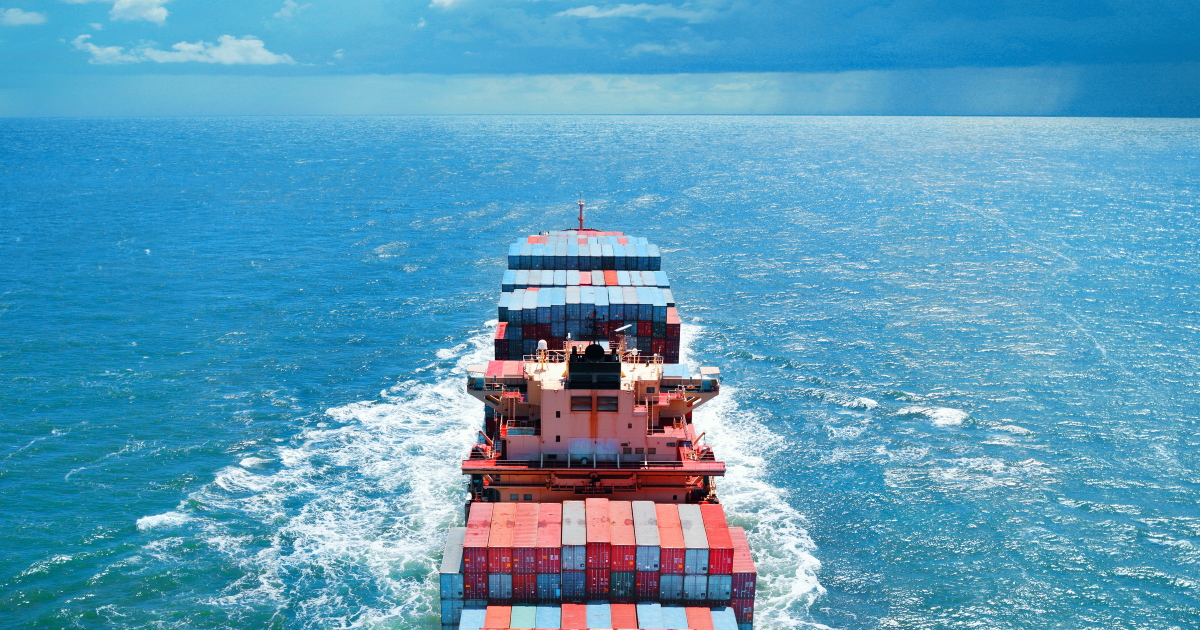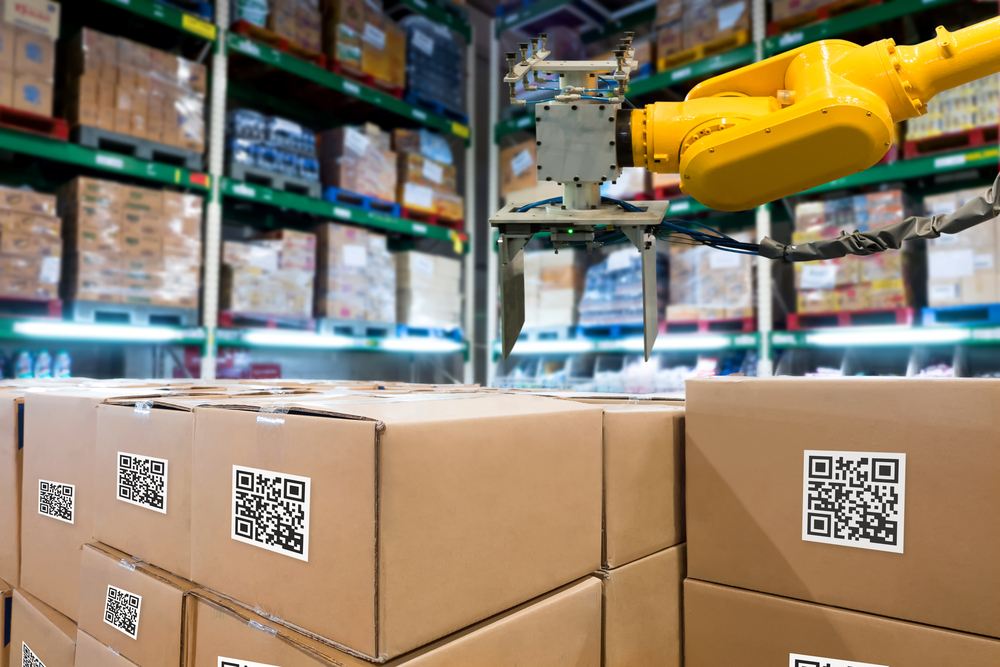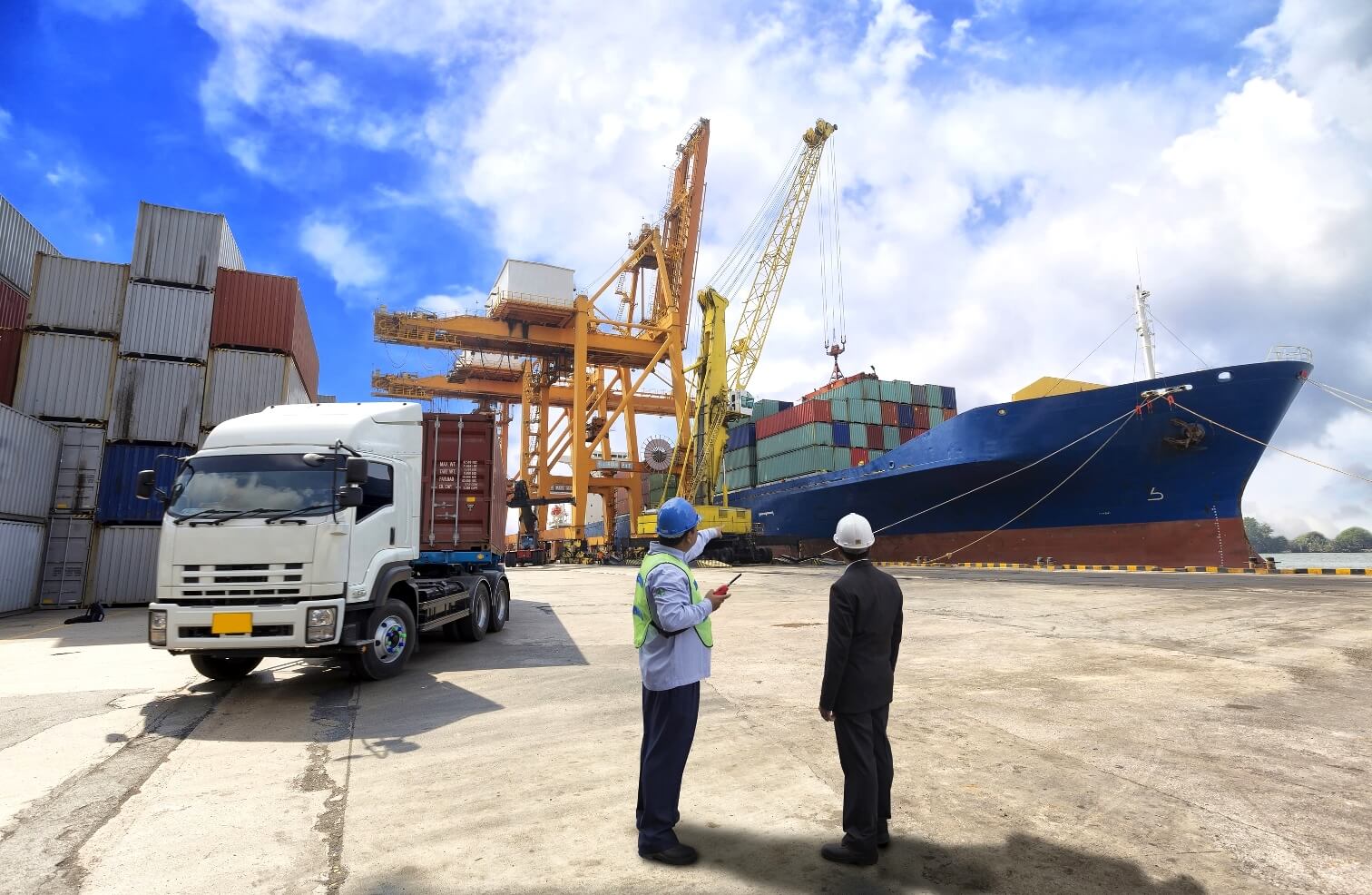
In today’s globalized world, air freight has become a vital component of the transportation industry, and the transatlantic route is one of the busiest and most lucrative. One of the most challenging aspects of transatlantic air freight is transporting heavy goods, which requires specialized equipment, extensive planning, and a significant investment of time and money. In this blog post, we will explore the unique challenges of transporting heavy goods on transatlantic flights, and how the freight industry is addressing these challenges to ensure safe and efficient transportation.
What are heavy goods?
Heavy goods are items that are too large or too heavy to be transported by regular cargo planes or trucks. These may include machinery, vehicles, large pieces of equipment, and oversized cargo. These goods often require special handling and transport equipment, and they must be carefully packaged and secured to ensure they do not shift during transportation.
Challenges of transporting heavy goods on transatlantic flights
Transporting heavy goods on transatlantic flights comes with a unique set of challenges. Here are a few of the most significant challenges that the freight industry faces when moving heavy goods across the ocean.
- Limited availability of specialized aircraft
There are only a limited number of specialized aircraft available for transporting heavy goods across the Atlantic. These planes must be large enough to accommodate the oversized cargo, and they require specialized loading and unloading equipment. The cost of these planes is also high, which makes it challenging to offer affordable shipping rates to customers.
- Complex logistics and documentation
Transporting heavy goods across the Atlantic requires complex logistics and documentation. The freight must be carefully planned and coordinated with multiple parties, including the airline, ground handlers, customs agents, and other regulatory agencies. Documentation must be precise and complete to ensure that the goods clear customs and meet all safety and security requirements.
- Packaging and securing the freight
Heavy goods must be carefully packaged and secured to ensure they do not shift during transportation. Improper packaging can result in damage to the cargo or even cause accidents during transit. Specialized packaging materials and techniques are required for heavy goods, which adds to the cost and complexity of transportation.
- Weather conditions
Transatlantic flights are subject to weather conditions that can impact the safe and timely transport of heavy goods. High winds, turbulence, and storms can all pose a risk to the cargo and the plane, which may result in delays or cancellations of the flight.

Addressing the challenges of transporting heavy goods on transatlantic flights
To address the challenges of transporting heavy goods on transatlantic flights, the freight industry has developed specialized equipment and processes that ensure the safe and efficient transport of cargo.
- Specialized aircraft
To transport heavy goods across the Atlantic, specialized aircraft are required. These planes are designed to handle oversized and heavy cargo and are equipped with specialized loading and unloading equipment. Some of the most common types of specialized aircraft used for heavy cargo include the Antonov An-124, Boeing 747-400F, and the Airbus A300-600ST.
- Multi-modal transportation
To ensure the safe and efficient transport of heavy goods, multi-modal transportation is often used. This involves the use of different modes of transportation, such as trucks, trains, and ships, to move the cargo from the origin to the final destination. This approach allows for greater flexibility in planning and scheduling transportation and can help to reduce the cost of shipping heavy goods.
- Advanced technology
Advanced technology is used to ensure the safe and efficient transport of heavy goods on transatlantic flights. This includes the use of specialized loading and unloading equipment, such as cranes and forklifts, to handle the cargo. Additionally, cargo tracking systems are used to monitor the location and status of the cargo during transportation, which allows for real-time updates to customers and freight forward



;)
